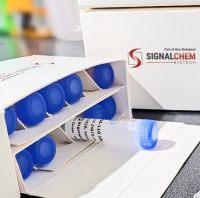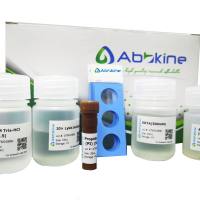Analyzing p53 Regulated DNA Damage Checkpoints by Flow Cytometry
互联网
677
The most critical feature of the cellular response to DNA damage is the ability of the cell to pause and repair the damage so that detrimental mutations will not be passed along to future generations of cells. The cell cycle of mammalian cells is equipped with checkpoints that can prevent cell cycle progression. Cells can either be arrested before replication of the DNA when the cells have a 2 N amount of DNA or after replication and prior to cell mitosis when the cells have a 4 N amount of DNA. Flow cytometry is a standard technique that is used to ‘sort’ cells based on their DNA content. It uses the principles of light scattering, light excitation, and emission of fluorochrome molecules to generate data about individual cells. The cells are fixed and permeabilized so that the DNA can be stained with a fluorescent dye. Cells that have a 2 N amount of DNA can be separated from cells with a 4 N amount of DNA. Using this technique, changes in the profile of the G1, S, and G2/M phases of the cell cycle are readily seen after DNA damage.








